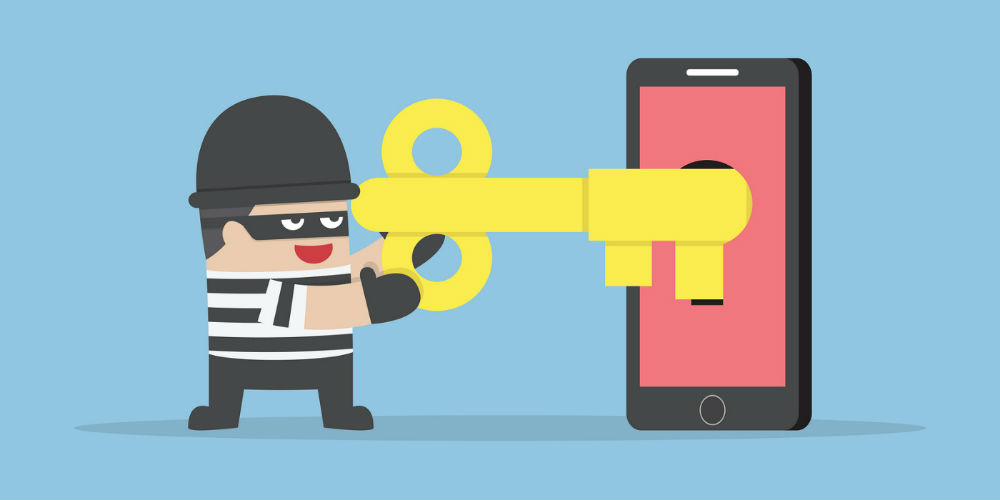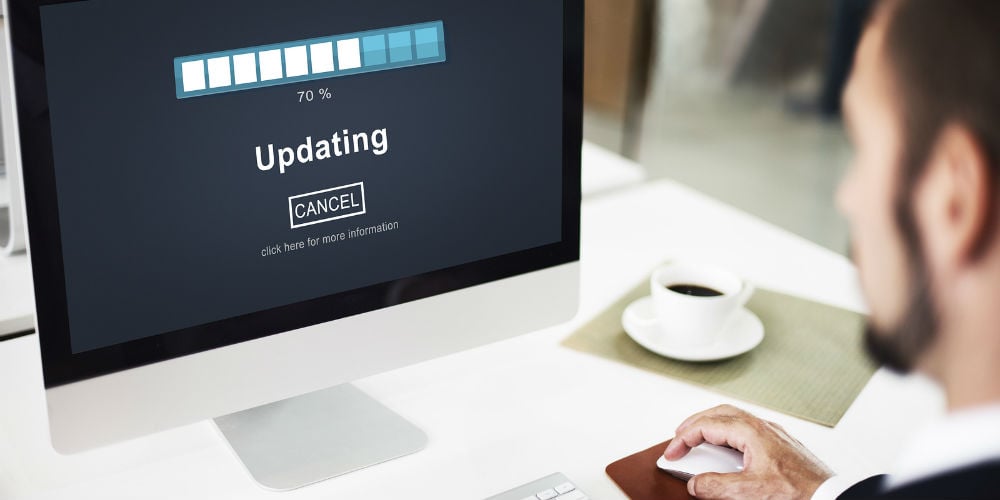5 areas that make your credit union vulnerable to a data breach

Malicious attacks

Hackers have and always will try to access your information and there is little to nothing you can do to try and stop them. They have a wide range of tools at their disposal including malware which can come in many forms, such as: spyware, backdoor access points, export data, capturing of stored data, command & control and downloader systems just to name a few. The only real way to protect from these threats is to keep existing security measures up to date.
Application vulnerabilities

Having outdated software or web browsers is a serious security concern. The most common lie told, which we are all guilty of is, “I have read the terms and services,” which we speed past, clicking agree after agree until we can get back to whatever it was we were doing. Those updates we rarely think about are the simplest way to protect ourselves from some of the most advanced threats. No system stays secure forever, vulnerabilities are found and developers push out updates to patch what could threaten users like yourself. It is your responsibility to patch your systems whenever they become available.
Inadequate security controls

Having clearly defined, successfully executed security controls in place is key to keeping your network and data safe. Even the more secure systems have been known to fall short in some common areas. Incorrectly managing access permissions can result in employees being able to view and move information that don’t need to do their jobs and while hacking and malicious attacks are often the top concern for protecting an organizations data, more often than not the vulnerability of a system is a weak or lost password. A completely secure network is still vulnerable if it is not configured correctly.
Internal Threats

In any system the most common error is the human error. When an employee doesn’t fully understand the security protocol and procedures, they put the whole system at risk of an accidental breach. Whether that be due to simply accessing something they shouldn’t or unknowingly opening a malicious email. On the other end of the spectrum intentional breaches from disgruntled employees or contractors continues to be a major threat as they already have security clearance. Making sure that everyone who receives access, in any capacity, to the network is properly educated and screened should be mandatory.
Physical Loss

Now we have arrived at the all-time most common cause of any security failure. Human error once again tops the lists as losing or having hardware stolen instantly causes a critical data breach. Electronics are among the top stolen items, but a thief isn’t just stealing a laptop or cell phone, they are stealing all the data that item has on it as well…which could be private passwords, documents and correspondence. Because of its nature this is also the hardest type of breach to prevent, but measures can be put in place to avoid too much damage coming from it. Set standards for encrypting data, keeping devices in a secure locked location when not in use and maintaining regular back-ups.
The most effective way to prevent any of the above causes of data breaches is through educating yourself and your staff. Make sure that you and your employees are aware of the most common risks, know how to properly handle confidential information and have a plan in place should a breach occur.

